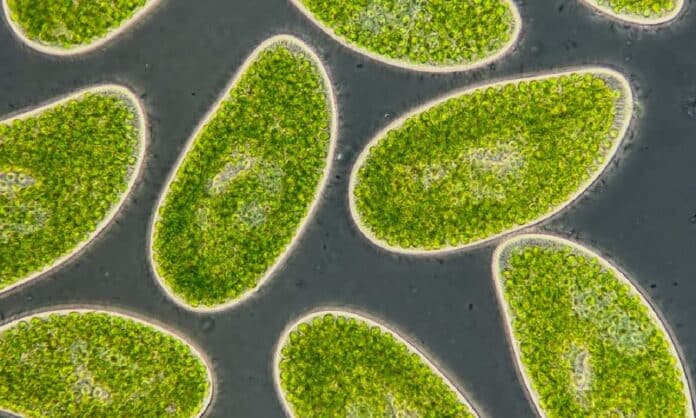Microbial Organisms play a critical role in ecosystem carbon nutrient and cycling that is likely to change with rapidly shifting global conditions.
Researchers have discovered a climate feedback loop that can accelerate climate change. However, it also includes an early warning signal.
According to a computer simulation conducted by Duke University and the University of California, Santa Barbara researchers, ocean plankton and other single-celled animals can cross a threshold where they begin absorbing carbon dioxide rather than soaking it up.
This positive feedback loop might lead to runaway climate change, in which small quantities of warming significantly influence. They can predict the tipping point by monitoring the abundance of mixotrophs. Mixotrophs are microscopic organisms that can photosynthesize like plants and search for food like animals, absorbing carbon dioxide during photosynthesis and releasing it when they consume.
First author Daniel Wieczynski, a postdoctoral associate at Duke, said, “They’re like the Venus fly traps of the microbial world.”
They absorb carbon dioxide, a heat-trapping greenhouse gas, during photosynthesis. They also emit carbon dioxide as they eat.
Most global warming models do not account for these adaptable creatures, although they play a crucial role in climate regulation.
Mixotrophic microbes may capture and emit carbon dioxide, making them potential “switches” that could either help reduce climate change or make it worse. They are frequently found in lakes, peatlands, and moist soils.
Wieczynski said, “If you were to go to the nearest pond or lake and scoop a cup of water and put it under a microscope, you’d likely find thousands or even millions of mixotrophic microbes swimming around.”
Co-author Holly Moeller, an assistant professor at the University of California, Santa Barbara, said, “Because mixotrophs can both capture and emit carbon dioxide, they’re like ‘switches’ that could either help reduce climate change or make it worse.”
According to new modeling research, rising temperatures may cause many ocean plankton and single-celled organisms like Paramecium bursaria to start acting as carbon generators rather than sinks.
This implies they could no longer be counted on to reduce climate change. However, before they reach this point, they emit a warning signal: a period of changing densities as they approach the edge.
Researchers created a mathematical model to predict how mixotrophs would switch between different types of metabolism as the climate continues to warm to understand how these effects might scale up.
The temperature range for the study was 19 to 23 degrees Celsius or a 4-degree range. Within the next five years, it is predicted that global temperatures will rise 1.5 degrees Celsius beyond pre-industrial levels, and they will likely reach 2 to 4 degrees before the century is out.
The study found that the warmer the environment, the more mixotrophs rely on ingesting food rather than photosynthesis, changing the carbon in/out balance.
The models indicate that mixotrophs may reach a tipping point where they convert from carbon sink to carbon source, resulting in net warming rather than cooling.
This tipping point is difficult to reverse. The data imply that significant cooling (greater than one degree Celsius) is required to recover their cooling effects once they pass that threshold.
But it’s not all bad news, according to the researchers. Their findings suggest that if we keep an eye out for changes in mixotroph abundance over time, we may be able to predict these transitions.
He said, “Right before a tipping point, their abundances suddenly fluctuate wildly. If you went out in nature and saw a sudden change from relatively steady abundances to rapid fluctuations, you would know it’s coming.”
However, whether or not the early warning signal is detected may depend on another critical component highlighted by the study: nutrient contamination.
Nutrients such as nitrate and phosphate can enter lakes, streams, and coastal waterways from wastewater treatment plants and runoff from farms and lawns with chemical fertilizers and animal feces.
When Wieczynski and his colleagues increased the number of such nutrients in their models, they discovered that the telltale variations’ temperature range begins to narrow until the signal finally disappears. The tipping point arrives without warning.
“The predictions of the model still need to be verified with real-world observations, but they highlight the value of investing in early detection.” Moeller said.
Gibert said, “Tipping points can be short-lived and thus hard to catch. This paper provides us with a search image, something to look out for, and makes those tipping points as fleeting as they may be more likely to be found.”
The Simons Foundation, the National Science Foundation, and the U.S. Department of Energy funded this research.
Journal Reference:
- Wieczynski, D. J., Moeller, H. V., & Gibert, J. P. Mixotrophic microbes create carbon tipping points under warming. Functional Ecology. DOI: 10.1111/1365-2435.14350
